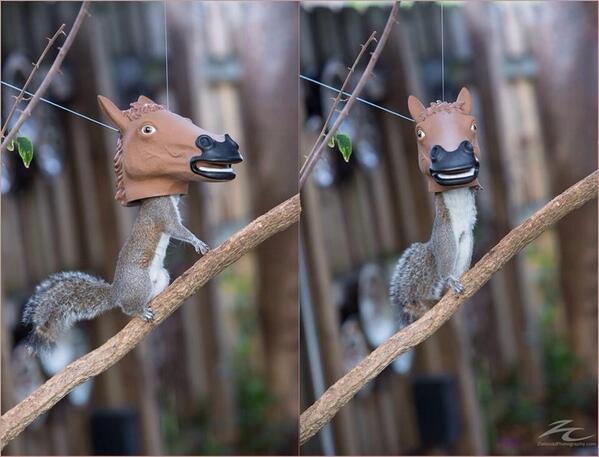Coyotes in urban cities usually eat garbage, ornamental fruit and occasionally domestic pets, but in Los Angeles, cats are consumed in larger quantities.
Research has found that coyotes in certain places have a higher chance of going after pets as meals. Los Angeles coyotes have a diet that consists of up to 20 percent from cats, despite studies from other cities that say cats only comprise less than 5 percent of coyote diet.
The team from Loyola Marymount University’s Center for Urban Resilience (CUREs) installed 20 motion-sensor cameras around parks, neighborhoods, and green spaces near Culver City.
They used the sensors to monitor the presence of cats and coyotes for six months between 2019 and 2020. Coyotes preferred the green spaces to more urbanized spaces, corroborating with other studies.
The domestic cats, however, the played into their aloof stereotype, and didn’t prefer a particular habitat type.
According to previous studies in North Carolina and Illinois, cats preferred urban areas and even avoided areas where coyotes are prevalent. But not the cats in this study.
But Culver City’s cats are different—the researcher found that they were present in the same green spaces as coyotes. The cats also displayed more nocturnal behavior than is typical for urban cats, which may explain why there have been such frequent cases of cat mortality in Culver City.
Unlike other cities where coyotes and domestic cats exhibit strong habitat partitioning across the landscape, domestic cats and coyotes spatially overlapped in green space fragments throughout Culver City.
The researchers speculated that this pattern of overlap may be responsible for the frequent cases of domestic cat being eaten by coyotes in Culver City.




